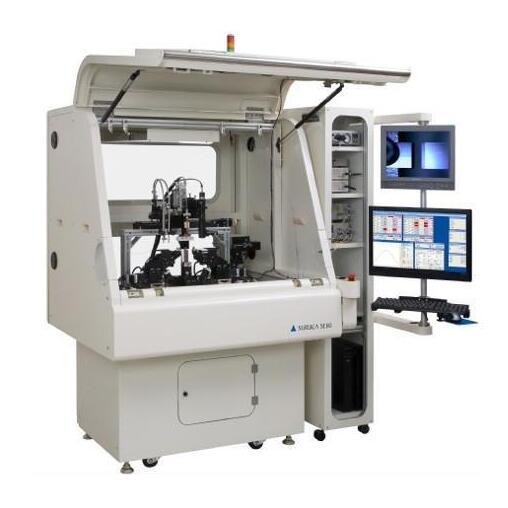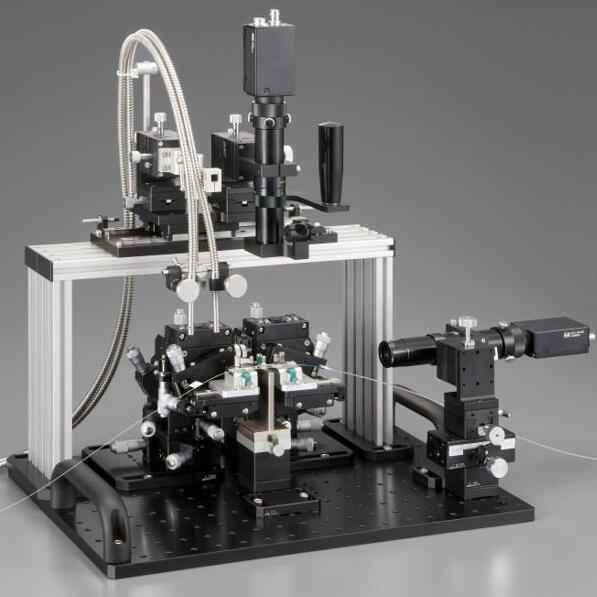A little but crucial step in the manufacturing process, crimping
fortifies the cable assembly and shields the fiber. Reliability and long-term
performance are directly impacted by maintaining the optical connection, which
is made possible by using proper crimping procedures with a Fiber Crimping Machine.
Suggestions for optimal crimping methods
The crimping procedure comprises three components: the connector body, a
metal crimping sleeve or ring, and the material to be clamped, which is often
the cable's strength part, aramid yarns. Use these pointers to enhance your
crimping processes:
Use the right crimp tool:
To get the optimal crimp and maximum pull force for that assembly, the
connection manufacturer specifies the die set, crimp sleeve, crimp force, and
crimp tool for each connector body. It is vital to utilize the appropriate
instruments and parts. The experts at the connection maker considered
mechanical tolerances while designing this "match made in
heaven." Crimping and Fiber Polishing Film increases
the contact surface area. These particulars increase the assembly's maximum
draw force.
The incorrect die set or crimp tool might cause harm to the cable
assembly since the crimp will probably be too light or too hard. The connection
may be crushed by a forceful crimp. Glass optical fiber damage is also a
possibility if this structure sustains damage. As an aside, you can utilize an
automated crimp tool, which provides repeatability and produces superior
process control with less operator fatigue, or the manual crimp tool that is
recommended by the connection maker.
Teach your operators–Remember,
every part needs a unique Fiber Crimping Machine, die, and sleeve. Never
combine different components! There may be ten or fifteen die sets with
different tools on some manufacturing lines; the operator has to know which
tool to use for each connection. Here's some advice: Give your tools a number
or color code to help you recognize them for each unique cable assembly
product. By doing this, you can make sure that your operators always utilize
the appropriate tool.











